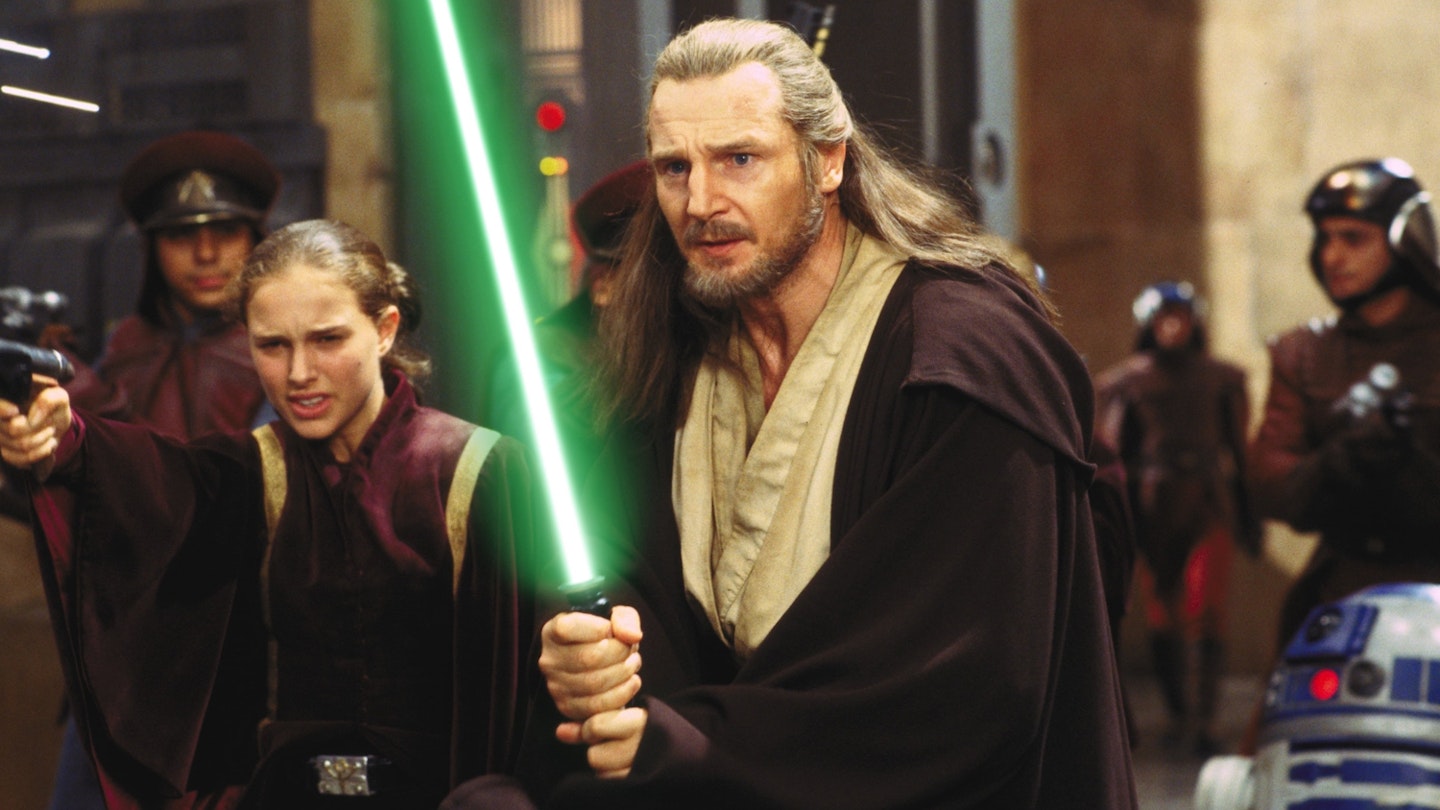In honour of Empire's new Star Wars prequels issue, celebrating the 25th anniversary of the trilogy's launch, we're asking – which of the prequel movies is the best? Read the case for Episode I – The Phantom Menace below, and find the issue on newsstands now.
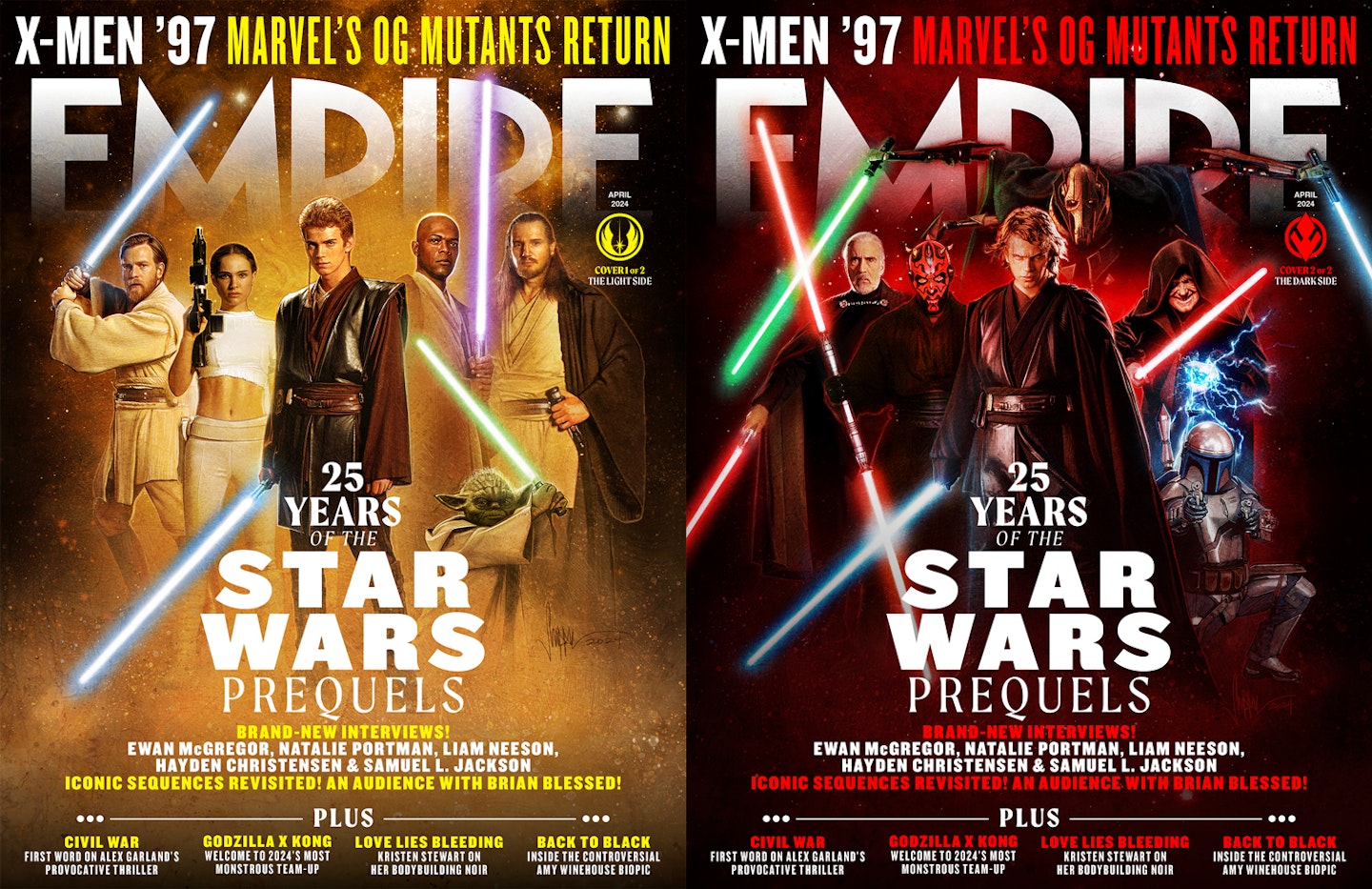
Has more insurmountable hype ever rested on the shoulders of a single film than The Phantom Menace? Back in 1999, Episode I quite literally represented a new hope for Star Wars fans. It was the revival of a genuine cinematic phenomenon that had shaped the childhoods (and adulthoods) of an entire generation, finally back after 16 years. Unsurprisingly, it couldn’t fulfil every expectation. For decades, reception to The Phantom Menace was decidedly rocky – but to my mind, for all its flaws, it’s the greatest of the prequels; a vibrant and charming return to the galaxy far, far away.
Beyond any particular moment or sequence, it’s the pervasive feeling that pushes Phantom Menace into pole position – of the three films, it’s the one that simply feels the most like classic Star Wars. That’s in large part thanks to its more practical filmmaking techniques and model work; while the later prequels pioneered game-changing digital production methods (creating their own distinct and valid Star Wars aesthetic in the process), here the nascent CGI was anchored in more traditional effects. As a result, there’s a tactility to Episode I that was vital to the original trilogy – you could feel the dirt and the sand and the swampy bilge-water of its wild worlds. It’s the same in Phantom Menace, whether transporting us back to the sandy expanse of Tatooine – decades before Luke eventually lived there – or the stunning, TripAdvisor-approved streets of Naboo.
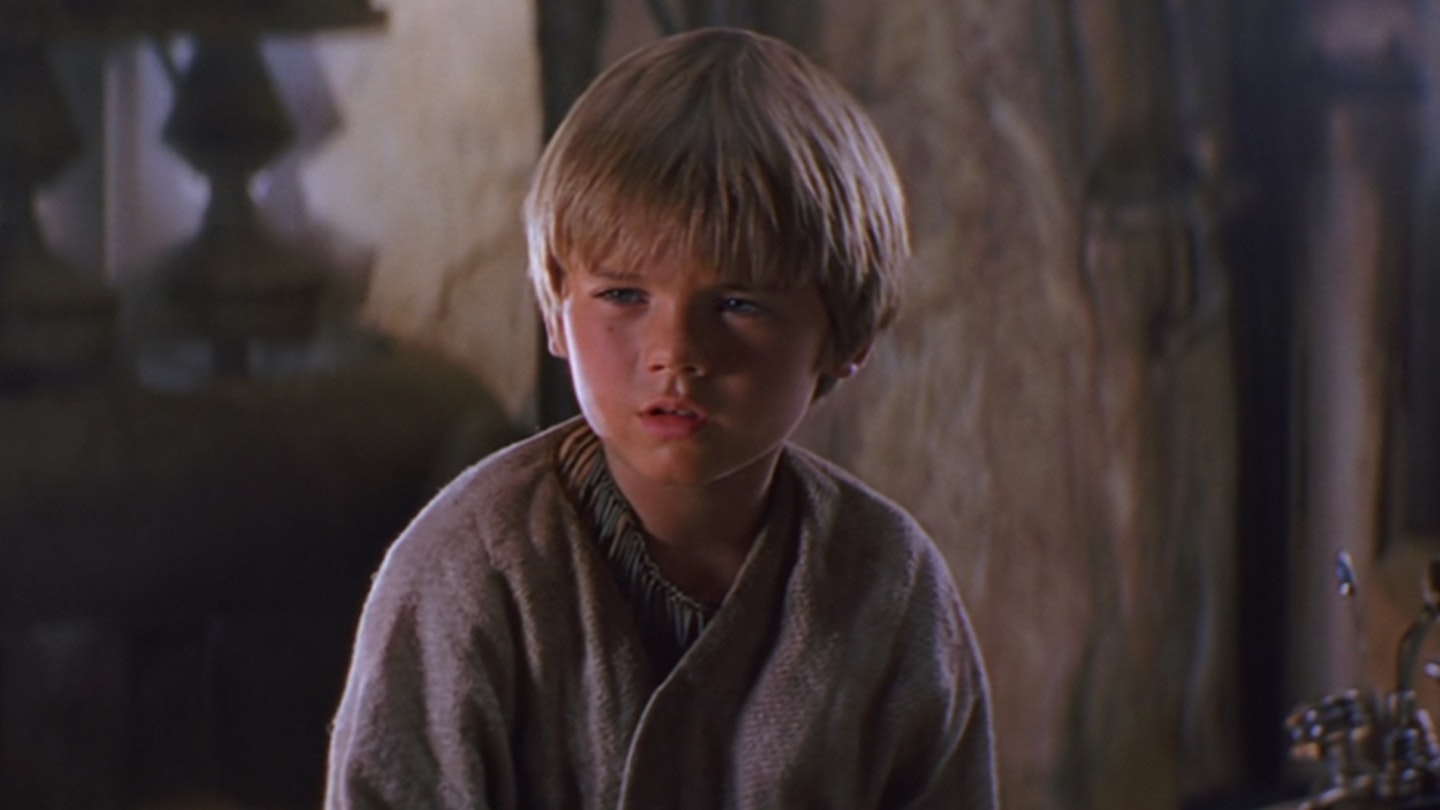
While The Phantom Menace feels closest to the original trilogy, it also establishes an entirely new version of the galaxy we thought we knew, relishing in unfurling a beautiful galactic era un-crushed by the boot of the Empire, with bountiful Jedi and a lavish Republic and flourishing worlds. It’s the only Star Wars film that gets to look like this – a colourful point of contrast to the subsequent films’ slide into darkness and doom.
It’s the other prequels that have to wallow in that impending tragedy though; The Phantom Menace still radiates with hope.
Still, a Star Wars movie needs, well, war. And when the conflict ramps up in Episode I, it does so with a sense of ebullience and adventure. The Battle Of Naboo piles on gaggles of goofy Gungans and blue-ball energy weapons on a sunny Windows XP landscape; its skybound skirmish sees Anakin (firmly in his Yippee Era) zipping around in a bright yellow Naboo Starfighter; even the Darth Maul brawl is a primary-coloured clash of red, green and blue ‘sabers. There’s a colour and energy to The Phantom Menace that’s inescapable – you can feel the joy it exhibits in committing such vibrancy to the screen. The film pulls no punches in creating instantly impactful iconography, whether it’s the primal fear of Maul’s demonic visage, the crackling electricity of the podrace engines, or the Kabuki theatre-inspired outfits donned by the young Padmé. Every part of the film feels purpose-built to pop. No wonder it became a Star Wars gateway for younger audiences.
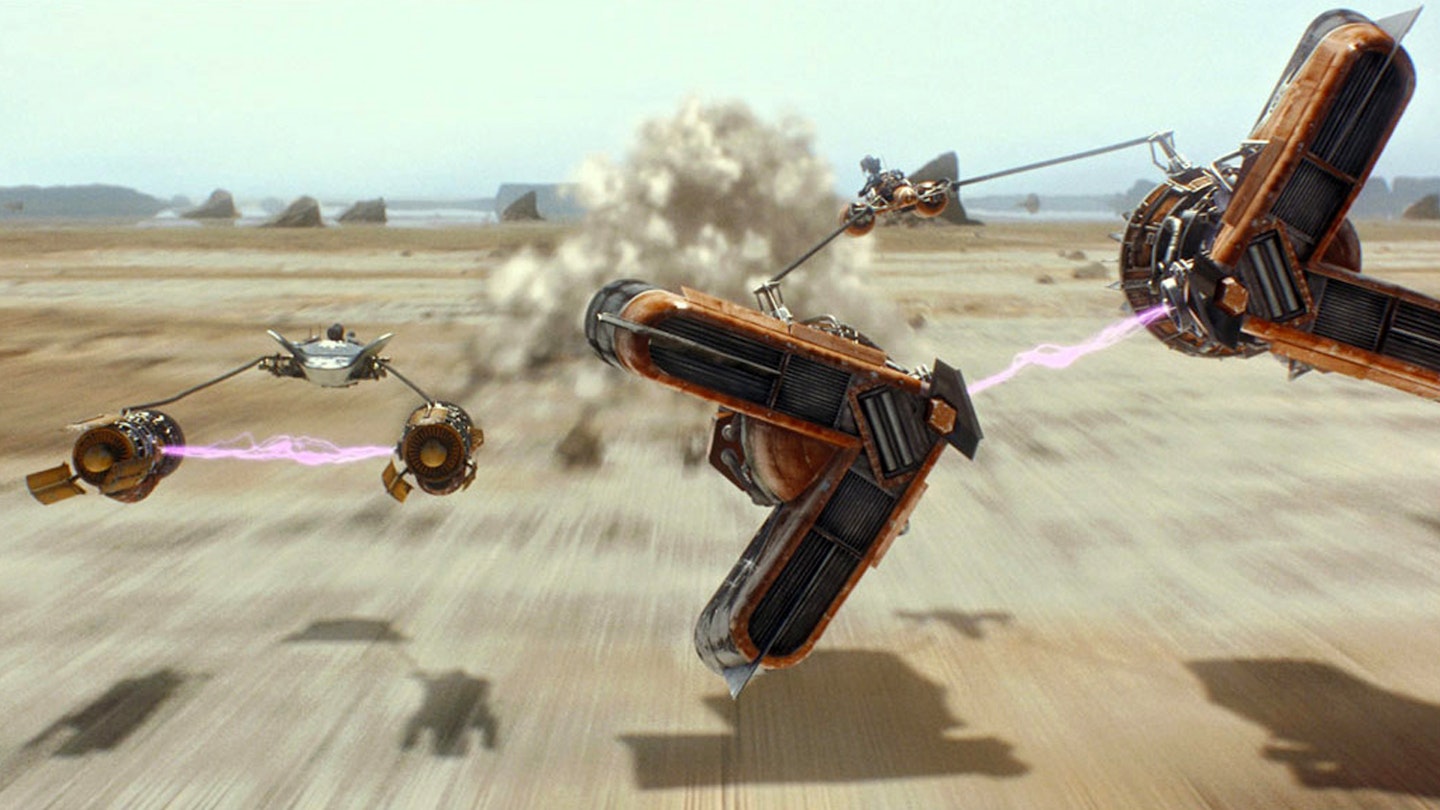
At the time, George Lucas’ choice to depict Anakin at such a young age was controversial – when fans imagined a trilogy charting the creation of Darth Vader, few expected it to begin with him as a 9-year-old. To me, that decision feels inspired – it only accentuates the tragedy to see Jake Lloyd play a happy-go-lucky scamp, and try to fathom that he’ll become one of the galaxy’s greatest monsters. We see, too, that even this Anakin is a speed-freak adventure-seeker with a rebellious streak, in search of a sense of belonging – the very things that’ll make him both a great Jedi, and an easy target for the dark side. But since those Sith days are far away in The Phantom Menace, the result is a Star Wars movie with a bonafide kid as a major character. Seeing a fellow youngling drawn into a world of aerial battles and lightsaber duels is pure wish fulfilment for children everywhere.
If there’s one thing about The Phantom Menace that audiences of all ages have long agreed on, though, it’s that the climactic showdown between Qui-Gon Jinn, Obi-Wan Kenobi and Darth Maul is peak Star Wars. The balletic choreography, the dramatic reveal of Maul’s dual lightsaber blade, the sheer operatic heft of it – it remains astonishing, accentuated by John Williams in all-out God-mode with ‘Duel Of The Fates’. In the original trilogy, lightsaber duels were stately; stilted, even – tense clashes of ideology and fractured family lineage as much as fight scenes. This, though, is full, freewheeling laser-swordplay of the highest order, a dizzyingly exciting barrage of sizzling saber-clashes like audiences had never seen before. And it marks a pivotal point in the saga, Qui-Gon Jinn’s noble end denying Anakin the more stable mentorship that might have changed his destiny. Instead, it’s up to Obi-Wan – just as virtuous, but less convinced of wrangling Anakin and his myriad midi-chlorians – to take that responsibility. We all know how that goes.
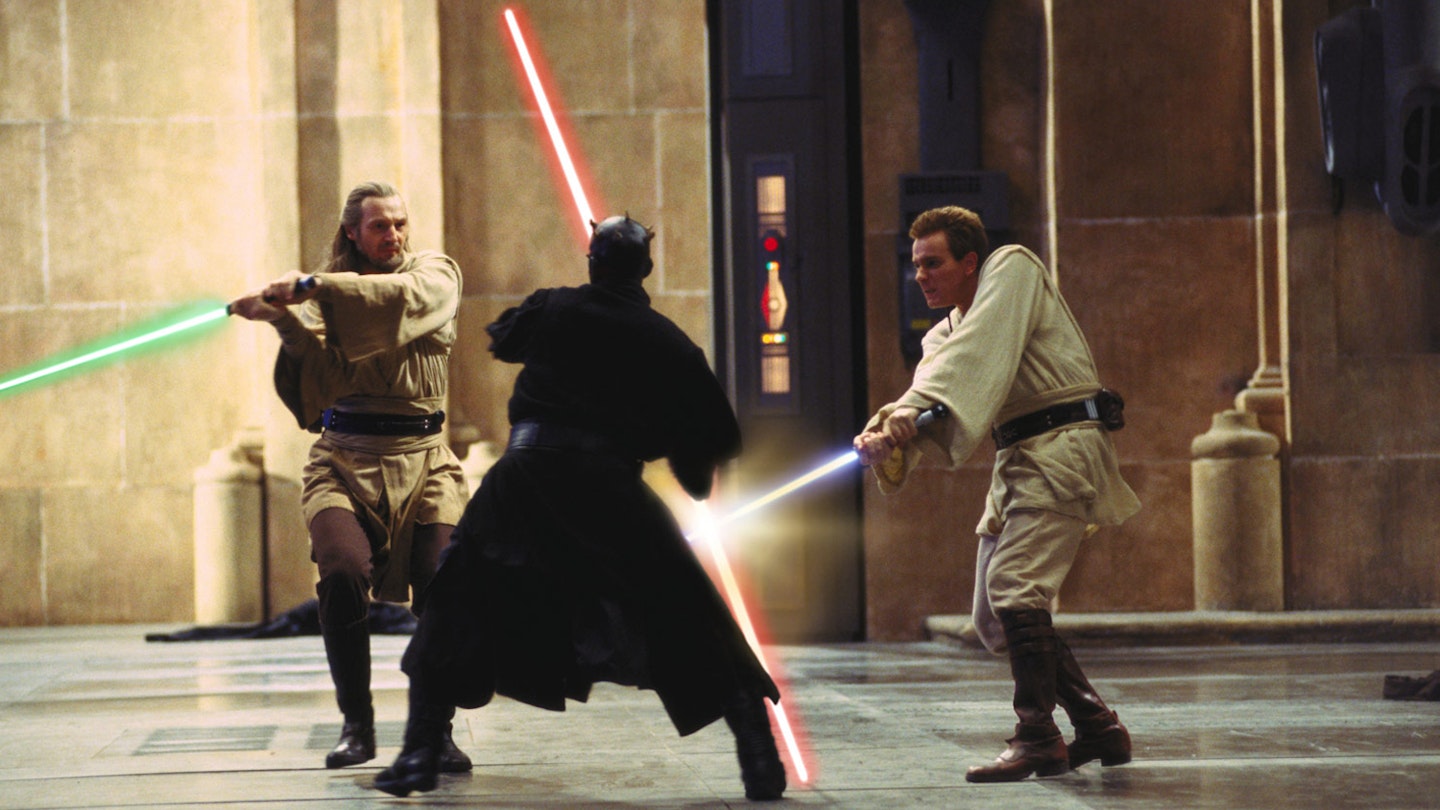
But even more so than the Maul brawl, it’s The Phantom Menace’s other action highlight that makes me giddiest: the Boonta Eve podrace. Stacked with galactic oddbods – Ben Quadinaros, anyone? – thundering around a course surely not approved by health and safety, it’s a roaring blast of noise and energy that ignites the centre of the film. The podrace is well and truly George Lucas out to play, the hot-rod-loving California kid revving his imagination into overdrive – and we the audience get to sit inside it, right in the heat of the action, inhaling the fumes and the scorched wreckage. It’s a sensory delight, from the sheer sense of speed to the ear-shredding din of it all – an adrenalised action masterclass that proves what Lucas said all along: he simply couldn’t have made the prequels the way he wanted to back in the ‘80s.
The Phantom Menace’s uncompromising wildness was also, in many respects, its undoing on release. Lucas made bold, unapologetic swings, whether it was foregrounding Jar Jar Binks so strongly (genuinely more fun than you remember, performed energetically by Ahmed Best), or opening its yellow-texted crawl with the driest sentence of all time: “The taxation of trade routes to outlying star systems is in dispute.” That odd tonal mix – zippy intergalactic fun moored to dense political shenanigans – remains a distinctly Lucas-ian brew, almost admirable in its refusal to simplify the Machiavellian machinations in the Senate. Today, those criticisms are worn like a badge of honour.
For me, it’s the light and life of The Phantom Menace that draws me back: the majesty of Liam Neeson’s ultimate Jedi Qui-Gon, the eye-candy visual palette, the childlike enthusiasm. And there’s substance, too, in Ian McDiarmid’s compelling performance of the string-pulling Palpatine, and Yoda’s succinct mapping of the path to the dark side: “Fear leads to anger, anger leads to hate, hate leads to suffering.” It’s the other prequels that have to wallow in that impending tragedy though; The Phantom Menace still radiates with hope. More than anything, it is – as a certain Gungan might say – a mooey mooey fun time. Now this is podracing.
***
Read Empire’s full Star Wars prequels celebration in the 25th anniversary issue. Also inside the magazine, we speak to Hayden Christensen, Ewan McGregor, Ian McDiarmid, Natalie Portman, Liam Neeson, Samuel L. Jackson, Brian Blessed and more about starring in the films; revisit iconic sequences; get a closer look at rarely-seen concept art from across the trilogy; and much, much more. Find the issue in all good and evil newsagents – from the core worlds to the outer rim – now.
